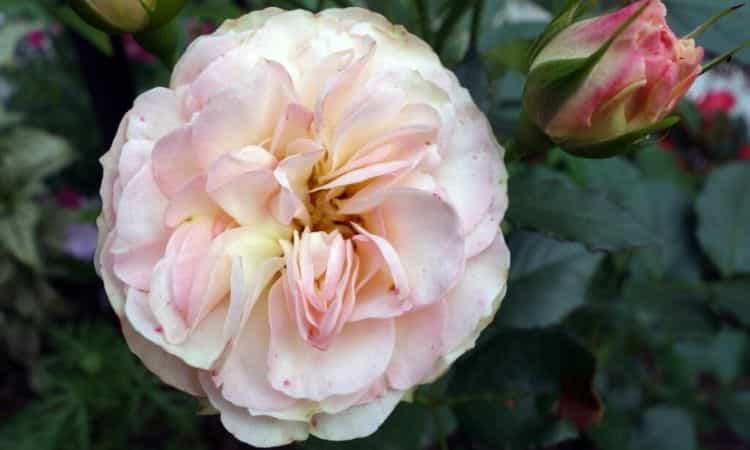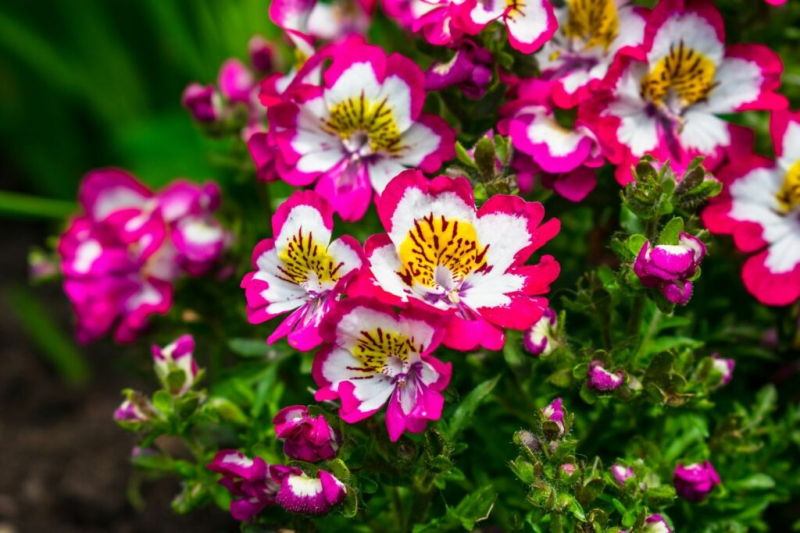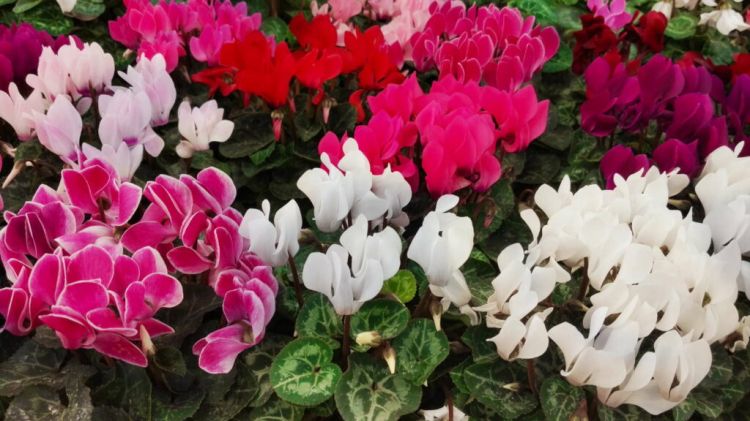Hibernating Agapanthus: Tips For Hibernation Of African Lily
The question arises again and again whether the popular agapanthus (also called African lily) is hardy or has to be overwintered. We show you how and where to properly wintered Agapanthus and how to maintain the container plant in winter.
A real beauty has made it to Europe from southern Africa: the African lily ( Agapanthus ). The perennial and herbaceous plant adorned many a manorial garden as early as the Baroque era and is still very popular today. Wintering is an important issue when keeping the love flower.
Are ornamental lilies hardy?
Table of Contents
The African Lily is perennial, but not hardy in Central Europe. South Africa, the native land of the agapanthus, is not exactly known for its frequent frosts. Since the plant has adapted to the local conditions, it cannot stand our cold winters. However, a distinction should be made between the evergreen and the deciduous species.
- Evergreen love flowers: The African African Lily ( Agapanthus africanus ), Agapanthus praecox, and numerous hybrids are evergreen representatives of the genus Agapanthus. These plants do not tolerate frost.
- Deciduous love flowers: The deciduous love flowers include the bell-shaped African lily ( Agapanthus campanulatus ), the tubular flowered lily ( Agapanthus inapertus ), Agapanthus caulescens, Agapanthus coddii, and various hybrids. These species retreat into the ground in the cold season and sprout again in spring. To do this, they develop underground rhizomes as survival organs. Since the plants are less exposed to the cold, they can withstand light frosts and are even considered hardy in Great Britain.

Hibernate agapanthus properly: Our tips
If the temperature is too low, Agapanthus will die. Planting out is therefore not recommended. Deciduous species can survive frosts and may even survive winter in mild regions with brushwood protection, but the loss rates are high. Evergreen species have next to no chance of surviving winter outdoors.
You might so like: Agapanthus: Tips For Planting And Care Of The Lily Of The Nile
When does it get too cold for the agapanthus?
African lilies are sometimes used to light frosts from their homeland, but should not be overused. So bring the plants to safe winter quarters before the first frosts. Deciduous species generally tolerate cooler temperatures than evergreen ornamental lilies. Under optimal conditions, they can even survive -15 ° C.
Wintering the African Lily: How and where?
Agapanthus species should always be overwintered in a cool place. A temperature between 0 ° C and 5 ° C is optimal. Temperatures that are too high lead to reduced flowering in the coming year. Evergreen species should definitely be overwintered frost-free. Since these keep their leaves even in winter, i.e. continue to photosynthesize, they absolutely need light in their winter quarters. So choose a bright and frost-free place, such as a garage with a window, a cool corridor, or an unheated greenhouse. If you cannot find a place that is cool and bright at the same time, then special plant lamps are a good alternative to windows. If it is too warm for the evergreen ornamental lily in its winter quarters, it shows this with yellow leaves.
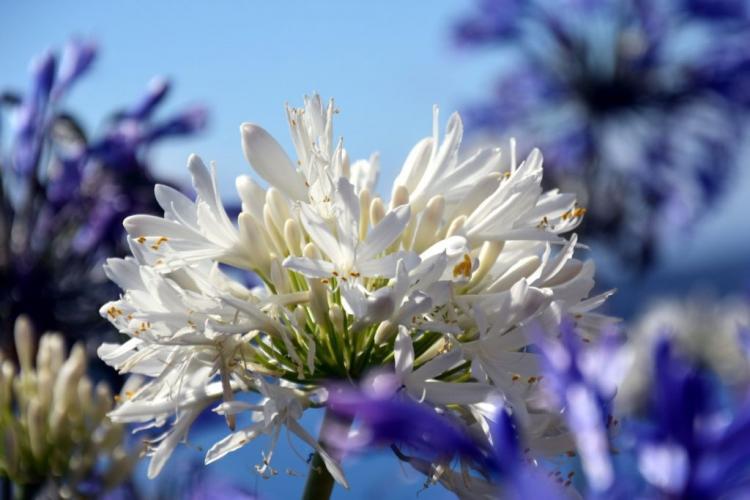
Deciduous love flowers are less demanding in winter. Since they pull in their leaves, they do not need any light in their winter quarters. Only when the first leaf tips show up again is it time for a little bit of light. In addition, deciduous species can cope with temperatures below 0 ° C. It shouldn’t get colder than -15 ° C.
How to care for agapanthus in winter
In the cold season, Agapanthus goes into hibernation. While the evergreen species should be watered (albeit very little), deciduous species do not use water at all. This means that they must not be watered under any circumstances. You should also avoid fertilizer in both cases. Maintenance during the winter is therefore very easy. Cutting back the plants before overwintering does not make sense for the African Lily. Evergreen species need their leaves even in winter. Deciduous species, on the other hand, dispose of their leaves independently. These first turn yellow and then turn brown and dry. Only then should you remove the dead leaves.
You might so like: Calla Lily Winter Care: This Is How The Exotic Survives The Cold Season
In spring, however, the plants want to go outside as early as possible. As soon as the last frosts are over, they enjoy the fresh breeze. Move the plants outside to a sheltered and sunny spot. Please note, however, that the leaves are still sensitive as the plants have not been exposed to direct sunlight over the winter. You should therefore proceed with caution to prevent sunburn. Gradually accustom the plants to direct sunlight by selecting for clearing out overcast days or placing them under a bush or similar location first.
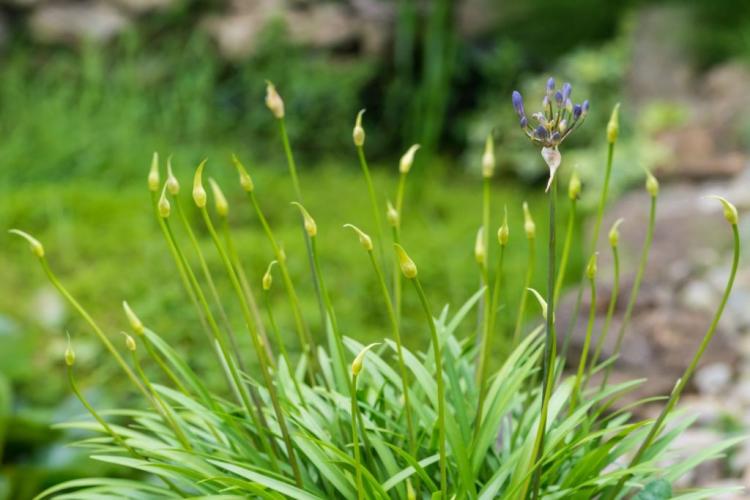
At the start of the new season, the African Lily is also happy to receive fresh fertilizer. Organic universal fertilizer is ideal for this, as it provides the African lily with all the important nutrients it needs throughout the season. Simply apply our organic universal fertilizer once a year in March and then water the African lily so that the granules can dissolve.
You might so like: Planting And Maintaining Banana Plant In Your Garden
Here again everything you need to know about caring for agapanthus in winter:
Evergreen species:
- Not frost tolerant
- Never prune back before winter
- Cool and bright wintering
- Do not fertilize in winter, water very little
Deciduous species:
- Tolerant of light and moderate frosts
- Cool and dry wintering
- Leaves can be removed once they are completely dry
- Do not fertilize in winter
After winter, all agapanthus species should be taken outside and fertilized as early as possible.

